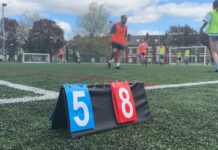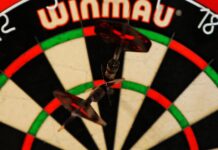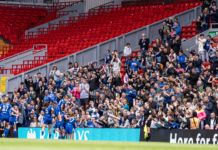Liverpool are on course to record their highest Premier League goal tally of Jurgen Klopp’s reign.
With the League Cup already won, Liverpool are fighting on three fronts as they chase an unprecedented quadruple.
In February, Jurgen Klopp claimed: “This is the strongest squad (of his reign) there is no doubt about that.
“If that wasn’t the case then that means we have got weaker over the years.”
But how do Liverpool’s numbers this season compare to those who came before them?
Unstoppable attack
Liverpool have been in scintillating form going forwards.
They have added Luis Diaz to an attack that already contained Mohammed Salah, Sadio Mane, Roberto Firmino and Diogo Jota.
Klopp’s squad have already notched 77 goals in the league (as of April 9) with eight games remaining.
Salah unsurprisingly leads the scoring charts with 20 and is followed by Jota who has 14.
Liverpool are scoring at a greater frequency than at any other time in the Klopp era, averaging 2.59 goals per game.
However, this is not the most potent Liverpool attack of the Premier League era.
The current side are being edged out by Brendan Rodgers’ 2013/14 squad.
They averaged 2.66 goals per game with Luis Suarez and Daniel Sturridge leading the line.
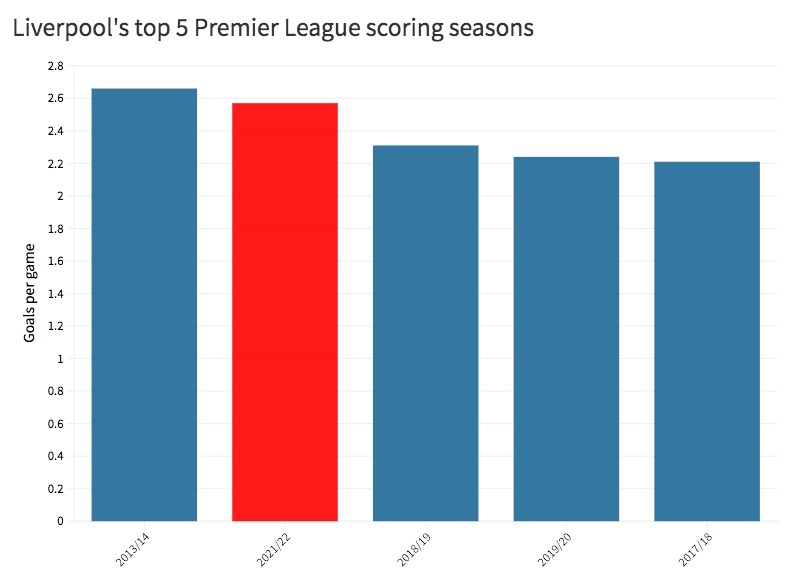
The Anfield Wrap’s Josh Sexton said: “That Suarez and Sturridge attack was unbelievable really.
“That season they produced, in terms of goal-scoring, was unlike anything I’ve ever seen.
“What let that team down was the defence. What makes this attack so impressive is its part of a wider unit which does defend well.
“In terms of talent across the forward line, this would be the best attack I’ve ever seen.
“That’s not to do down the attack in 2013/14, because that was the basis for one of the most exciting Liverpool seasons we’d seen before Jurgen Klopp.”
Watertight defence
Liverpool’s defence has felt impenetrable since the turn of the year.
In their last 10 league games they have racked up eight clean sheets.
As a result, Klopp’s team have conceded just 20 goals in 30 league games.
Opponents are averaging just 0.67 goals per game against the Reds.
Only two previous Liverpool sides have conceded less goals per game.
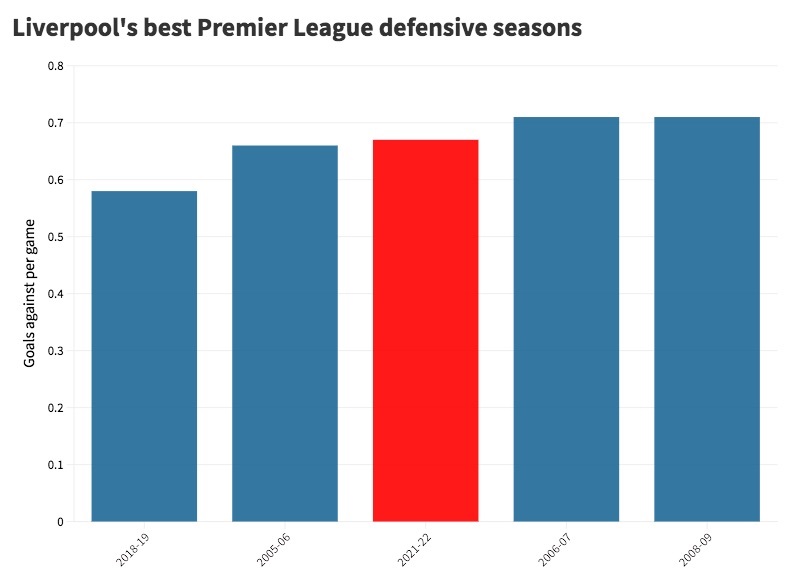
The 2018-19 team boasts the best defensive record of any Liverpool side in the Premier League era.
They leaked just 0.58 goals per game.
They are trailed by Rafael Benitez’s team of 2005-06, who possessed a marginally better record than the current crop.
Interestingly, while Klopp is responsible for four of Liverpool’s best five goal-scoring seasons, Benitez can claim three of the best five defensive seasons.
2018-19 vs 2021-22
Only two teams feature in both the top three for attacking and defending.
Statistically, the 2019 Champions League winners and the 2022 quadruple chasers are Liverpool’s best Premier League squads.
Mr Sexton agrees these two Klopp sides are the best he has seen as a fan.
He said: “This team is a continuation of that (2018-19) team.
“This team, and the squad under Jurgen Klopp generally, is the strongest that I’ve seen in my lifetime”.
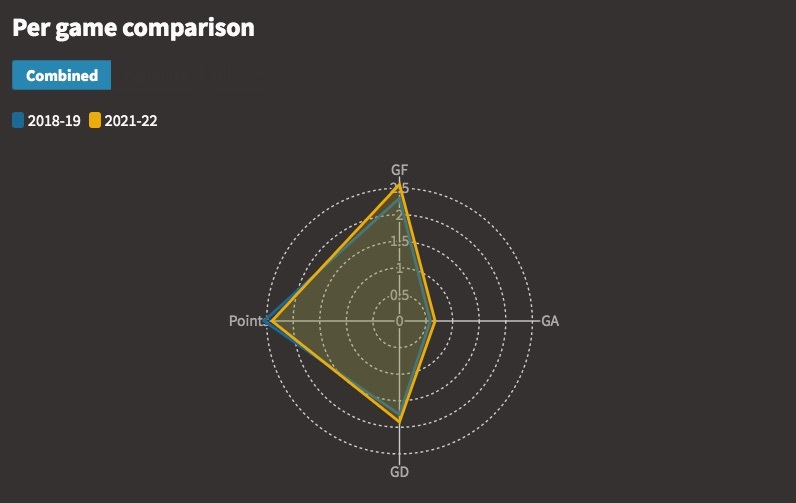
While the class of 2019 possess the superior defence, Liverpool are scoring more freely now than they did that season.
Liverpool are currently on track to record their best ever Premier League goal difference.
If they do so they will break the record set by the 2019 side.
This would suggest that Jurgen Klopp possesses the most balanced team the club has seen in the last 30 years.
Despite this, the Reds look destined to fall short of the 97 points they recorded that year.
However, for Mr Sexton, this side’s superior squad depth gives them the edge.
“Liverpool have been able to bring in squad players who have contributed on the big stage,” he added.
“That’s why Liverpool are going into April now having already picked up one trophy and could still win the remaining three.
“That’s so exciting for us as fans to be able to see so much strength in depth.
“What we want to see is Liverpool challenging on all fronts and that’s exactly what we’re getting this season.”
One thing is for sure, the best Liverpool side of the Premier League era belongs to Jurgen Klopp.
(Featured image by Helen Bromley, adapted under creative commons license 2.0. Graphics by Jason Hughes)


